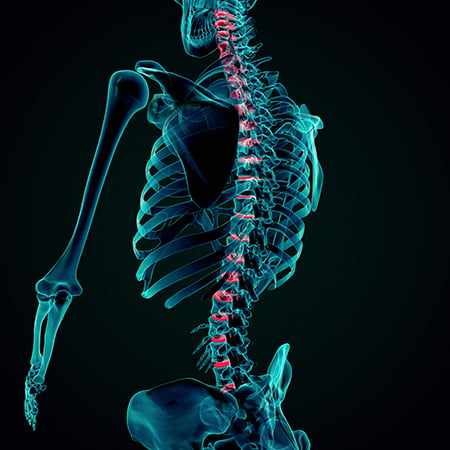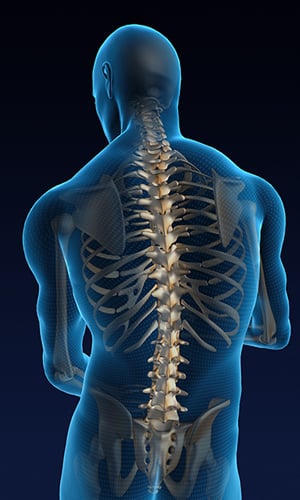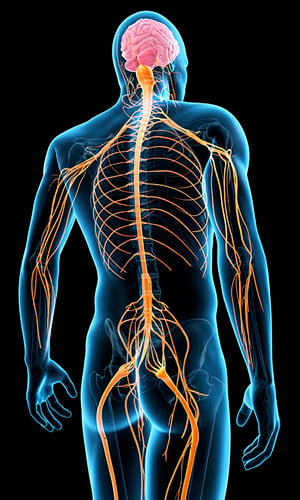Each region of the spine serves different and unique functions for the body. Understanding them can help alleviate anxieties and confusion you may experience with regards to your own situation.
The human spine is an engineering marvel. A series of stacked, interconnected bones, or vertebrae, it protects the spinal cord that allows us to move, to walk, to react, to feel, and do countless other things every day by enabling brain and body to communicate with one other.
But not all vertebrae are created equal. The spine is comprised of three distinct regions (actually five, but for discussion here, we will focus on those that correspond to vertebrae that are not fused together): cervical, thoracic, and lumbar. Each has its own significance as it relates to function and injury.
Cervical region
Extending down from the base of the skull, we find the vertebrae of the cervical spine. There are seven bones, named C1 through C7. Among other functions, the cervical spine provides support for the head and skull; enables rotation, lateral flexion, flexion, and extension of the head and neck; and protects the spinal cord within.
Any injury to the vertebrae can have serious consequences, but in the case of cervical spine, fracture due to high-energy trauma such as automobile crashes, falls, or athletic injuries can result in paralysis from the neck down.
Thoracic region
The twelve vertebrae in the region of the chest are called the thoracic vertebrae. From top to bottom, these are referred to as T1 through T12 and each is connected to corresponding ribs on either side. Together, the ribs and thoracic vertebrae form what is called the thoracic cage whose function is to surround and protect the heart and lungs. As with all vertebrae, they also function to protect the delicate spinal cord that runs within the vertebral canal.
While the majority of thoracic spine fractures do not result in spinal cord injury, in severe instances such as automobile accidents, falls, or other high-energy trauma, vertebral damage in the thoracic region may result in paraplegia and loss of control of bowel and bladder functions.
Lumbar region
Located within the abdominal region of the spine are the five lumbar vertebrae, also referred to as L1 through L5. Larger and stronger than either the cervical or thoracic vertebrae, the main function of the lumbar vertebrae, aside from protecting the spinal cord within, is to bear the weight of the body and absorb the stress of lifting and carrying objects.
The symptoms of a lumbar spinal cord injury will vary depending on the extent of damage and where it occurs, but may result in paraplegia, impairment of control of bladder functions, or decreased mobility in the lower body.









